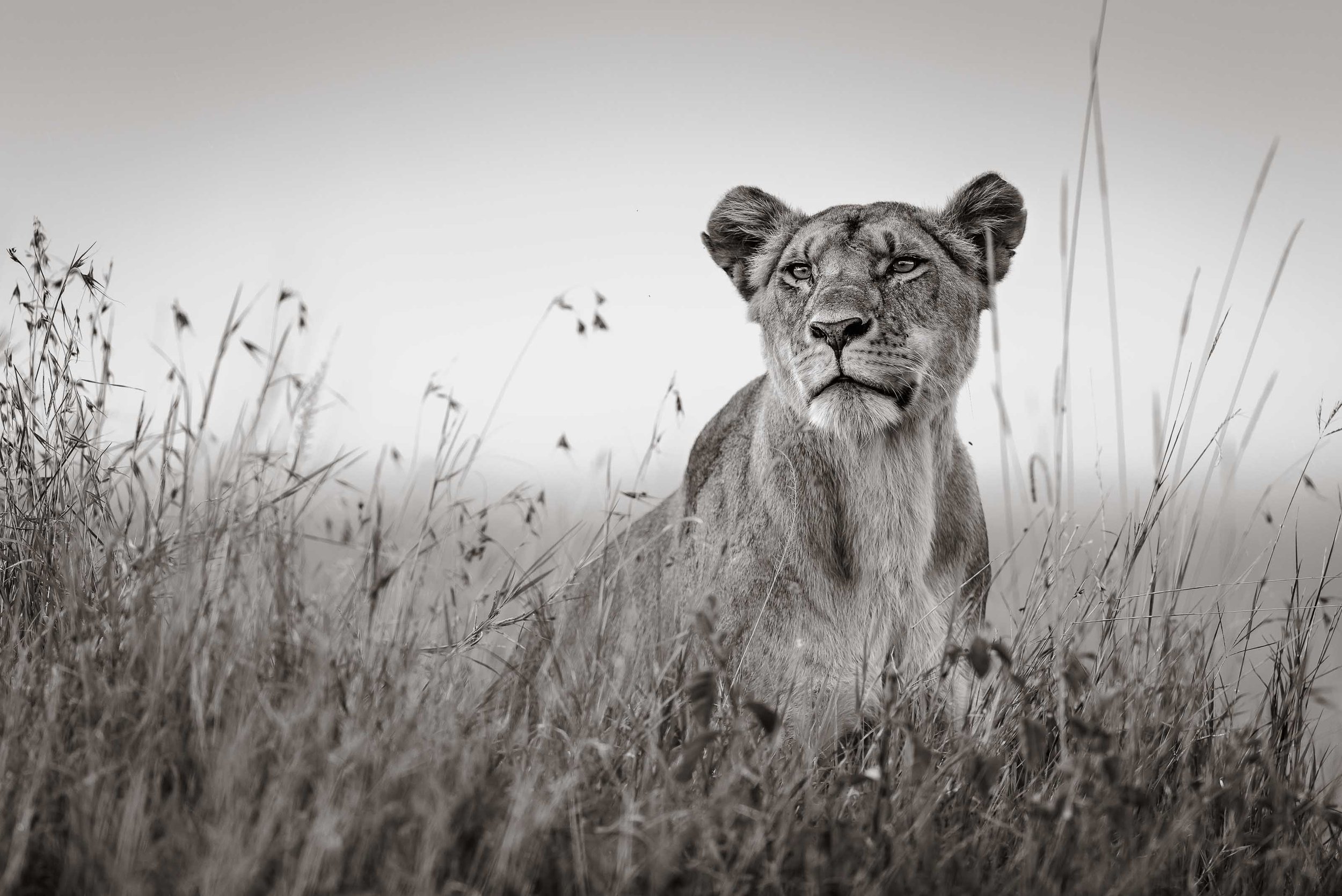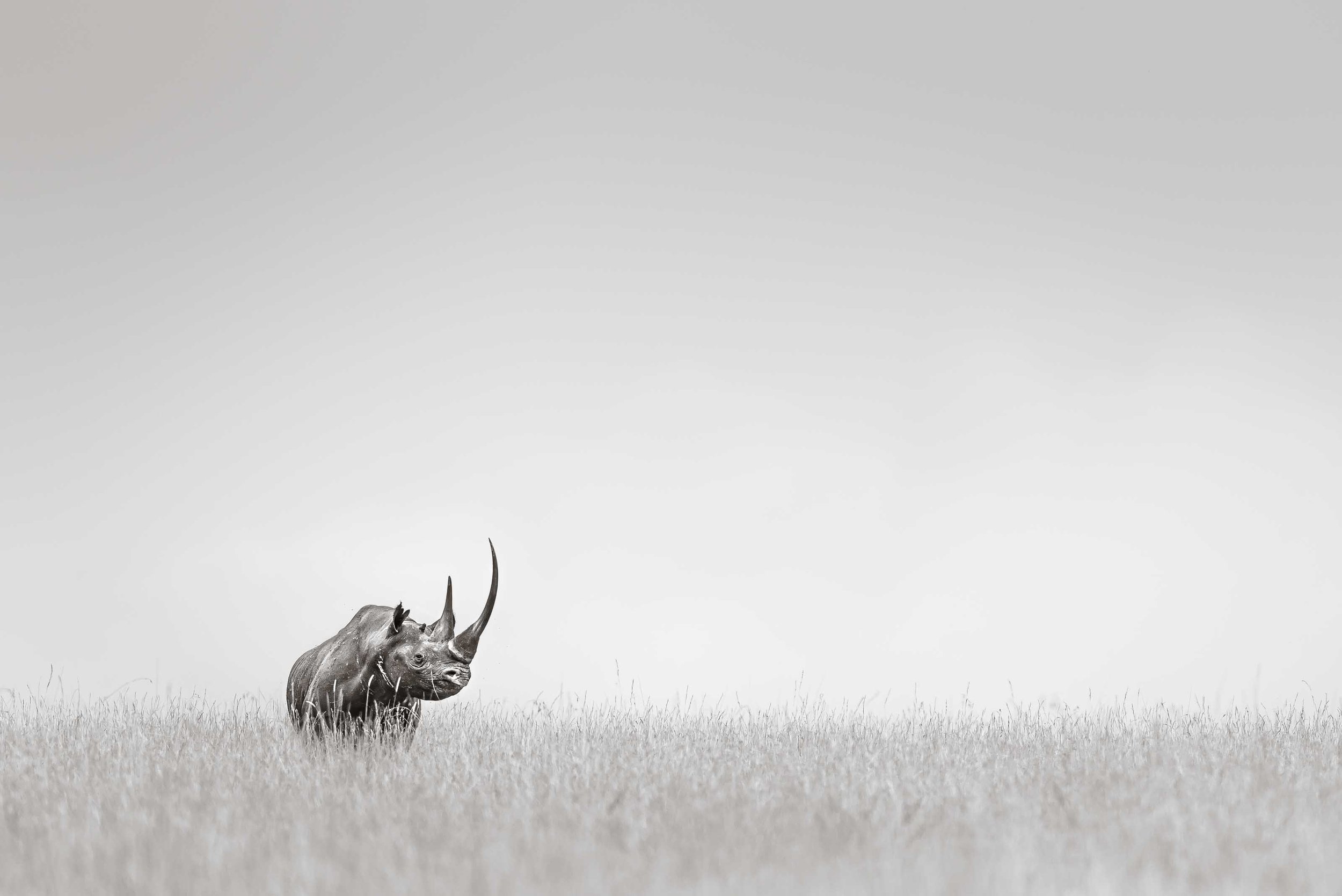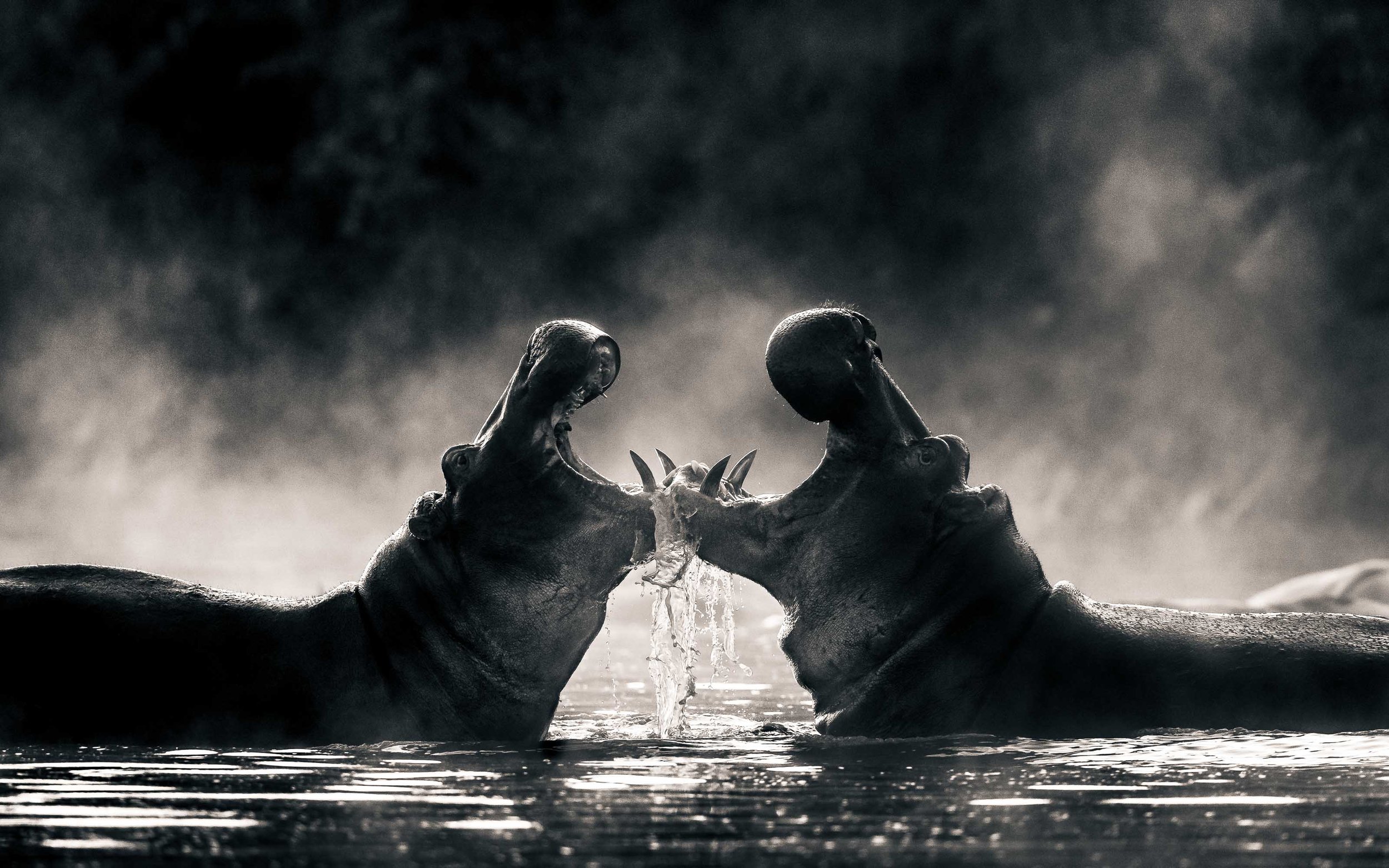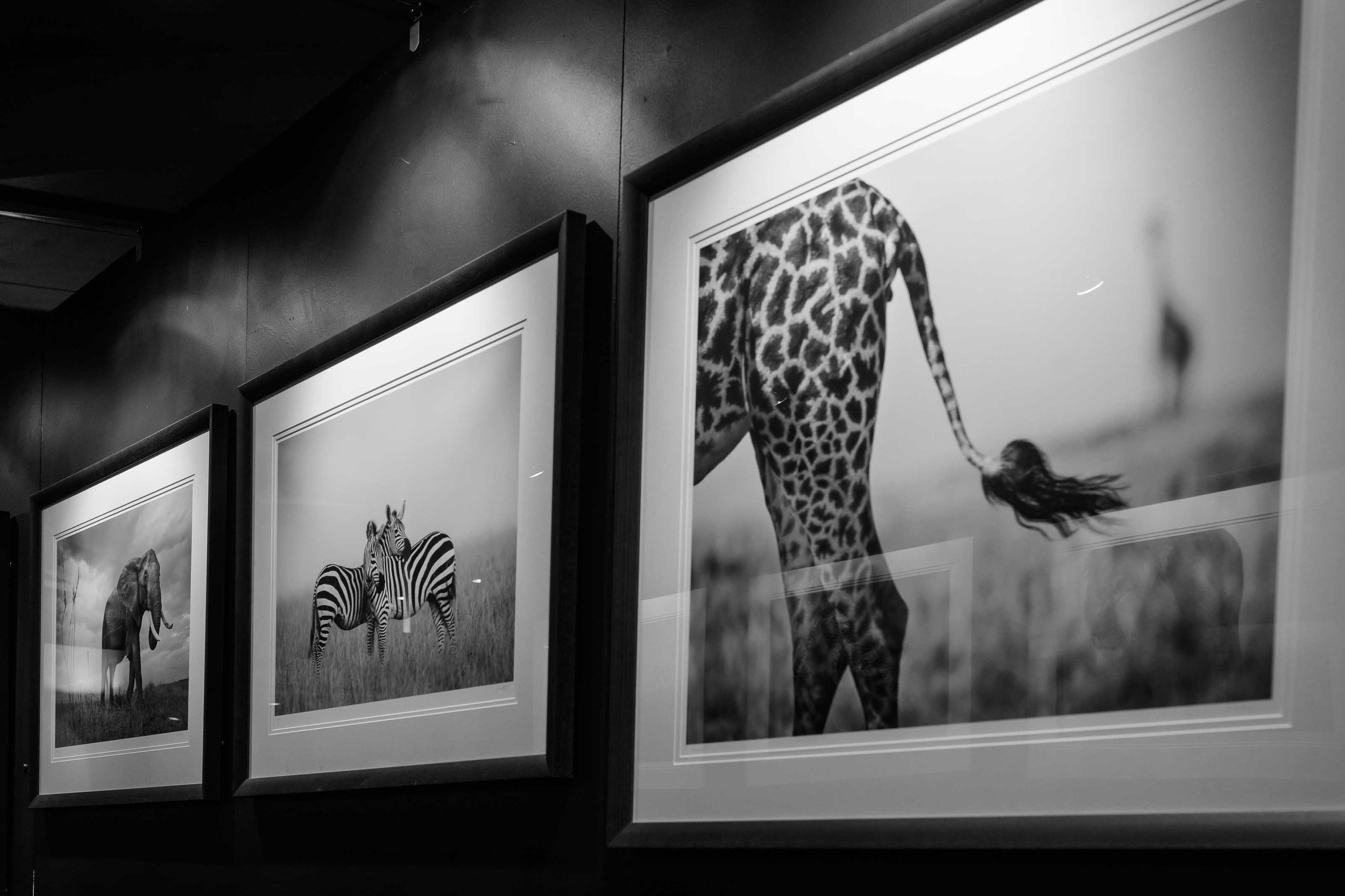Photography Style: Is It Something You Find Or That Finds You?
I read this once, given as advice to aspiring photographers: "Find a style and stick with it". I'm not sure where I saw it, but I remember it not being very good advice, and I disagreed with it in both of its parts.
How to ‘find’ your own photography style
To "find a style" is less natural than letting a style find you. Taking pictures that appeal to your aesthetics and letting them evolve over time is natural. Looking at other styles with a plan to establish your own is not.
Everyone has taste, and that should be used first. Putting too much emphasis on what others do stylistically restricts style development in my opinion. To consciously look for a style risks a forced or unnatural one. It risks inheriting someone else's style or resulting in an amalgamation of several photographer’s styles.
How I developed my wildlife photography style
It never occurred to me that my wildlife pictures had any kind of style. That is, until somebody pointed it out to me.
Some years ago, a selection of my images was once held on the Flickr photo-sharing site and somebody, who had seen them there, wrote to tell me that they were enjoying the style I used.
It had never occurred to me I had any kind of consistent style. It took somebody else to see it for me. When I compared his observations with my pictures, only then could I see it for myself.
My newly realised style was not the result of any conscious decision. It was simply a result of me enjoying the challenge of making pictures for me.
Wondering how to photograph wildlife in a unique style?
Based on my experience, my view is that it may take some time, but eventually, a photography style will naturally develop and become apparent to you.
Whether it appeals to others is another matter, but nevertheless, it will almost certainly be a style that matches your own aesthetic over one that is merely an amalgamation of influences.
More importantly, it will be a style which is more likely to be unique, which will be yours.
The good news is that to achieve this, it is easy to just take pictures for yourself, not for anyone else. Take photographs unconstrained. This is surely what most of us photographers enjoy doing most anyway!
Related: What makes the ultimate wildlife portrait?
Do you even need a photography style?
The other part of that advice which I disagreed with is "stick to it". The reason is that everything evolves and that includes style.
Style at its best is malleable, and it can be influenced by emotion, subject, time, age, taste and goodness knows what else you may choose to throw at it.
Surely there is only one answer to: "Should I stick with my simplistic colour style or should I try black and white too since I am enjoying it more now?"
Style is not static and any attempt at a static photography style becomes too restrictive. Why have only one photography style anyway? There are no rules.
In-camera creativity and style
Once, when a photograph was made, it went from the back of the camera (literally) to print via a scanner with very little alteration, maybe a few tweaks at the point of the scan of the transparency.
When Frans Lanting or Jim Brandenburg were taking pictures in the 80s, their creativity was entirely in the camera, not after, save for a picture crop, perhaps carried out by a magazine picture editor.
Today though, it seems images are increasingly being made in camera with less creative thought, with the premise of finishing it up later on a computer, and often bearing little resemblance to the original scene.
Overcast skies become dark and stormy, noons become sunsets, and day becomes night. Colours become unreal and skies impossible. Sometimes whole backgrounds are replaced with other backgrounds, or if that's not enough, blackened out altogether.
Photography or fantasy art?
Some will argue that using all available tools should be considered to produce a creative picture. Others argue that moving pixels is not creative photography anymore, it's fantasy art, and that the creative process must take place in camera.
For me, I get the most satisfaction out of creating wildlife pictures with my camera, the premise being that it makes you a better wildlife photographer.
If I want a silhouette, I prefer to do it in-camera, at the scene, with the preconceived idea already with me. I don’t change the picture to something else as an afterthought or make a faux sunset of it via the white balance slider.
To me, that's just lazy photography. It's not creative anymore.
David





